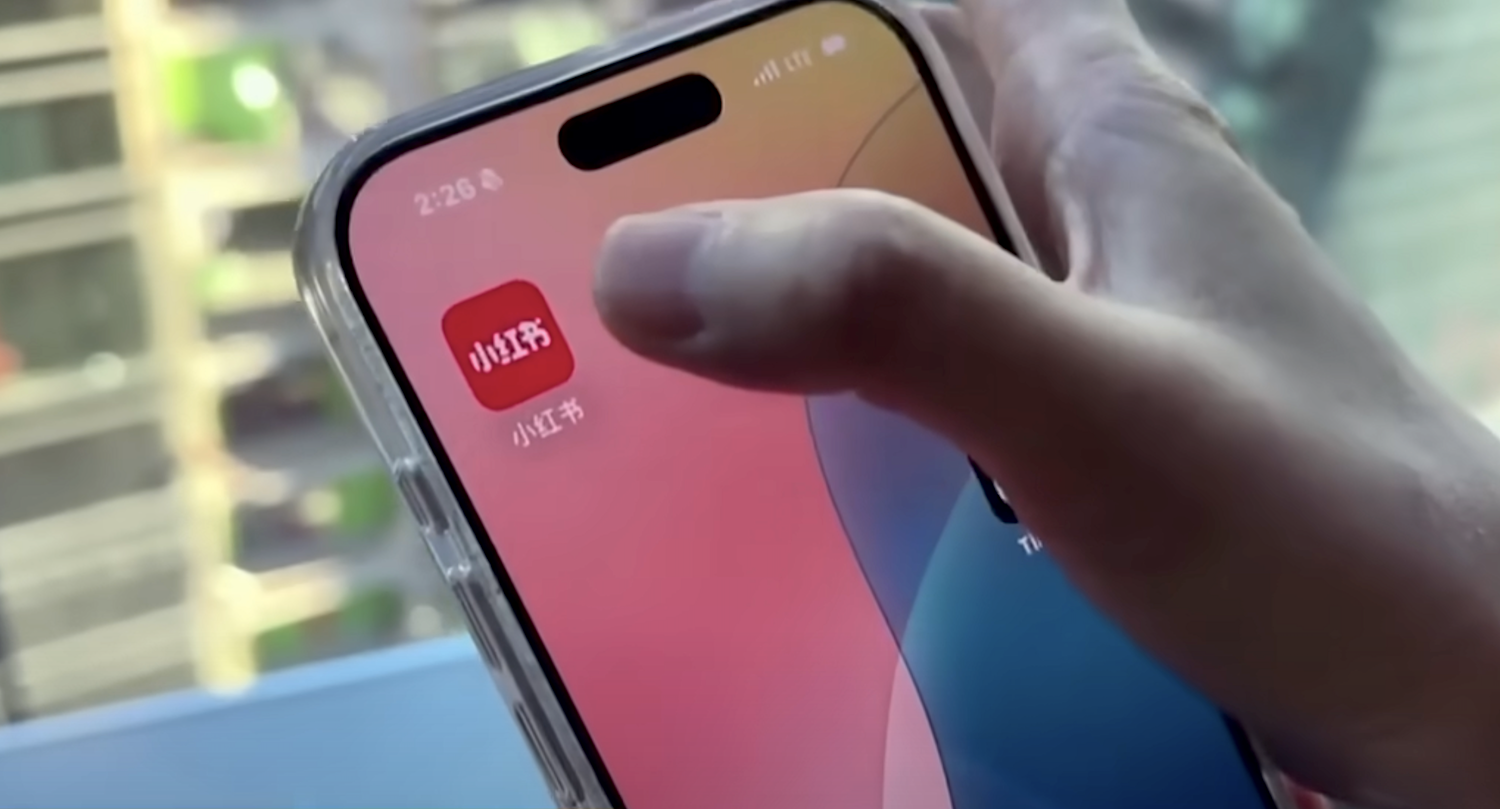‘Pokemon Go’ User Cameras Now Part of Unsettling Plot to Map Areas Street-View That Cars Cannot Access
Niantic, the developer behind “Pokemon Go,” has announced a new feature that enables players to scan physical locations using their mobile devices to help develop AI models with spatial understanding. This initiative aims to bridge the gap between human instinctive spatial awareness and the challenges AI faces in visualizing and interpreting environments. Niantic has trained a vast number of neural networks and hopes to create localized models that can integrate into a larger network of digitized locations.
While this technology allows players to place virtual creatures in real-world settings, it raises potential concerns regarding privacy and security, as it could inadvertently facilitate data collection of sensitive locations, such as government buildings and private properties. Although participation in scanning is voluntary and strictly tied to the gaming experience, the ability to gather detailed location data poses risks that may need to be addressed as AI usage expands beyond gaming.
Players of “Pokemon Go” are able to do more than just capture virtual monsters when they point their camera phones around.
Niantic, the developer behind the popular mobile game, announced Nov. 12 that players can now scan physical locations to help AI models develop spatial understanding, according to a Nov. 12 news release.
This awareness is innate in humans but apparently difficult to teach a machine.
“As humans, we have ‘spatial understanding’ that means we can fill in these details based on countless similar scenes we’ve encountered before,” Niantic wrote.
“But for machines, this task is extraordinarily difficult. Even the most advanced AI models today struggle to visualize and infer missing parts of a scene, or to imagine a place from a new angle.”
Niantic said, spatial intelligence is the next big frontier in the realm of machine learning.
The developer said, it has “trained more than 50 million neural networks, with more than 150 trillion parameters.” Niantic hopes these localized models will eventually mesh with a larger network of digitized locations.
Watching where users point their phones may reveal where these locations are.
For a program like “Pokemon Go,” the benefits of this technology are clear.
Players can place their virtual monsters at real locations, allowing the animated beasts to play and interact with the user-scanned terrain.
For now, the locations players are able to scan are limited.
Niantic said, the scanning is completely optional to users, who must click in-app to scan a location.
“Merely walking around playing our games does not train an AI model,” Niantic wrote.
While the developer said nothing suspicious is happening, it is one of a multitude of companies pursuing artificial intelligence. If all that is needed to scan an area into an AI model is a cell phone, the door appears to be wide open for abuse.
As with most technology, camera phones do not need direct user interaction to record data and images.
Nefarious actors, either domestic or foreign, are seemingly now empowered to gather shocking amounts of intimate location data with just their phones.
Government buildings, critical infrastructure, and private homes would all be open and vulnerable to this technology.
While the spatial scans appear to now only be used at scale by Niantic for gaming purposes, we will likely see more uses of this ability in the future.
Advertise with The Western Journal and reach millions of highly engaged readers, while supporting our work. Advertise Today.
" Conservative News Daily does not always share or support the views and opinions expressed here; they are just those of the writer."





Now loading...